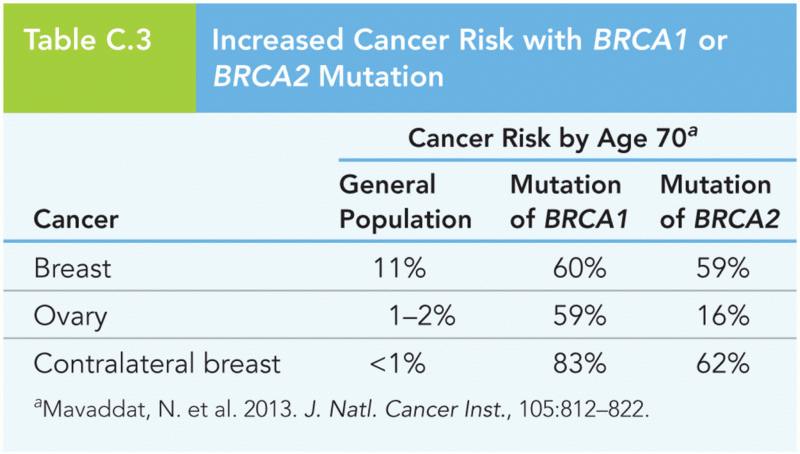Answer to Question 1
The answer should include:
A brief review of the definition for the number of diagnosis(es) and/or management option(s), which should identify
i. The physician's familiarity with the presenting problem and
ii. Any potential (or current) management options for the treatment of this presenting problem.
However, the risk of complications, comorbidity or mortality identifies just how much risk this presenting problem or management option poses to the health of the patient. This requires a higher level of specificity for, not only the identification of the presenting problem, but the clinical impact the presenting problem has had, is having, or will continue to have on the patient's health.
The number of diagnosis(es) and/or management options simply identifies the possible, probable or rule out diagnosis, which leaves room for definitive clarification of the presenting problem.
However, the risk of complications, comorbidity or mortality identifies the specific risk posed by this presenting problem, the diagnostic procedure ordered to diagnose definitively the presenting problem, and the management option selected to treat or manage the presenting problem.
Answer to Question 2
Answer should include:
A brief definition of the amount and/or complexity of data to be reviewed, which should identify
i. The six different documentation guidelines that identify the methods of data collection and review.
However, the risk of complication, comorbidity, or mortality for the diagnostic procedure ordered specifically identify the risk this (these) ordered diagnostic procedures pose to the health of the patient.
The amount and/or complexity of data to be reviewed includes the physician involvement in the collection of and review of data, while the risk of complication, comorbidity, or mortality for the diagnostic procedure ordered identifies the risk posed to the health of the patient.







